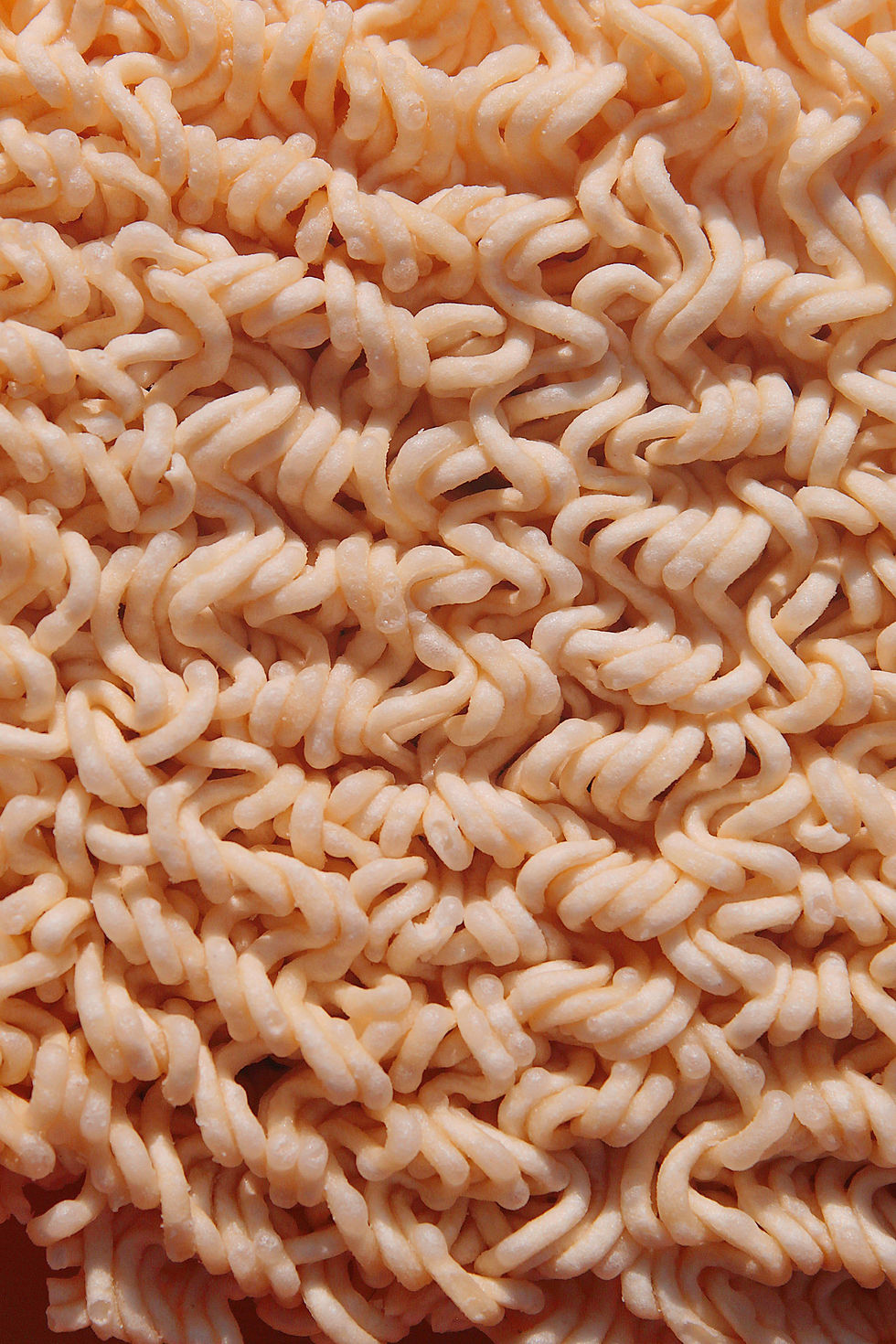BS Specialty - Click here to discover our premix solutions.

Modified Starch
Our modified starches are produced from high quality native tapioca starch and can be used in industries besides food as well. Modified starch is prepared by physically, enzymatically, or chemically treating native starch to change its properties to meet sufficiently requirements in various application.

Thickening Agent
Stabilizer
Texture Enhancement
Texture Enhancement
Binding
Agent
Fat Replacement
Encapsulation
Clarity & Gloss Replacement
Moisture Retention
Gelling
Action
Adhesion

Thickening Agent
Stabilizer
Texture Enhancement
Texture Enhancement
Binding Agent
Fat Replacement
Encapsulation
Clarity & Gloss Replacement
Moisture Retention
Gelling Agent
Adhesion

Oxidized Starch
E-1404
OXIDIZED STARCH
(E-1404), when used in fried products, acts as a functional ingredient to enhance texture and crispiness. Through the oxidation process, starch molecules are modified to improve their stability and binding capacity.
.jpg)
Distarch Phosphate
E-1412
DISTARCH PHOSPHATE
(E-1412) modified tapioca starch boosts stability, texture, and shelf life in various foods. Common in fried and meat products, it ensures consistent quality and moisture retention. Its neutral flavor integrates smoothly into recipes, enhancing overall performance.

Phosphated Distarch Phosphate
E-1413
PHOSPHATED DISTARCH PHOSPHATE
(E-1413) acts as a stabilizer to improve consistency of frozen food when being frozen or thawed. Our E-1413 can also be used to increase yield in cheese production and prevent whey separation while maintaining the same cheese texture.

Acetylated Distarch Phosphate
E-1414
ACETYLATED DISTARCH PHOSPHATE (E-1414) is a versatile texturized starch designed to elevate the quality of a wide variety of food products. Our E-1414 starch is carefully crafted to impart the perfect texture to your culinary creations, whether it's bread, noodles, or meatball

Acetylated Starch
E-1420
ACETYLATED STARCH
(E-1420) is a versatile starch is widely used in frozen foods, baked goods, noodles and fried items. it enhances texture and consistency, improving the overall quality and appeal of the final products.

Acetylated Distarch Adipate
E-1422
ACETYLATED DISTARCH ADIPATE (E-1422) starch serves as a thickening agent and stabilizer, ideal for fruit fillings and meat products. It tolerates both low and high temperatures, improving freeze-thaw stability and storage versatility.

Hydroxypropyl Starch
E-1440
HYDROXYPROPYL STARCH (E-1440) is derived from tapioca, this versatile starch delays staling process in frozen baked goods, stability in sauces, and creaminess in desserts. It also serves as a binder in meat and seafood products, making it ideal for gluten-free and vegan recipes.

Hydroxypropyl Distarch Phosphate
E-1442
HYDROXYPROPYL DISTARCH PHOSPHATE (E-1442), known for its exceptional process tolerance under challenging conditions. It improves texture in baked goods, stability in sauces, and creaminess in desserts, while also serving as a binder in meat and seafood products.

Sodium Octenyl Succinate
E-1450
SODIUM OCTENYL SUCCINATE (E-1450) is a specially modified starch that interacts effectively with water and oils, making it ideal for stable emulsions. It enhances texture, stability, and shelf life in salad dressings, sauces, soups and snack foods.
Discover our Modified Starches
Explore various types of our modified starch that offer qualities and benefits to make your products stand out in the market
Understanding Modified Tapioca Starch
Modified tapioca starch refers to tapioca starch that has been altered from its native form to improve its performance in specific applications. These modifications can result in starch with enhanced thickening, stabilizing, emulsifying, and binding properties. The modifications do not change the starch's fundamental structure but rather optimize its characteristics to meet the demands of different industries.
How is BS' Modified Tapioca Starch Made?
The production of modified tapioca starch involves various modification techniques:
Heat-Moisture
A new novel of our process alters the starch's crystalline structure, enhancing its functional properties like gel firmness, viscosity, and thermal stability, making it suitable for various food applications without using chemicals.
Pregelatinization
Starch is precooked and dried, allowing it to swell and gel upon cold water addition, ideal for instant products.
Research & Development on Modified Starch
Research and Development (R&D) on modified tapioca starch is a dynamic field that focuses on enhancing the functional properties of this natural ingredient to meet specific industry needs. The primary goals of R&D in this area include:
Improvement of Functional Properties
Scientists work to enhance the thickening, gelling, and stabilizing abilities of tapioca starch. This involves modifying the starch to withstand various processing conditions like high temperatures, shear, and acidic environments, making it suitable for a wide range of applications, from foods and beverages to pharmaceuticals and cosmetics.


Tailoring Starch for Specific Applications
Scientists work to enhance the thickening, gelling, and stabilizing abilities of tapioca starch. This involves modifying the starch to withstand various processing conditions like high temperatures, shear, and acidic environments, making it suitable for a wide range of applications, from foods and beverages to pharmaceuticals and cosmetics.
Enhancing Nutritional Profile
Another key area of R&D is modifying tapioca starch to lower its calorie content or to alter its digestibility, thereby impacting the glycemic index of products containing this starch. This is particularly relevant in developing healthier food products.


Sustainability and Source Optimization
Research is also directed towards making the production of modified tapioca starch more sustainable. This includes optimizing the use of water and energy during production, reducing waste, and exploring environmentally friendly chemicals used in the modification process.
Advancements in Processing Technologies
Innovative processing techniques such as enzymatic treatment, physical modification (heat-moisture treatment), or the use of new chemical agents are continually being explored to expand the functionality and application range of tapioca starch.

_edited.jpg)
A Partner in Every Solution with Modified Starch
At BS Starch Chemical, we see ourselves as more than just a manufacturer of modified starch; we are your partner in innovation. With our extensive expertise and cutting-edge solutions, we collaborate closely with you to tailor our products to meet the unique needs of your applications.
Whether you're looking to enhance texture, improve stability, or optimize processing efficiency, our team is dedicated to providing you with the right modified starch solutions to make your products succeed. Together, we can overcome challenges and unlock new opportunities, ensuring that you always have a partner in every solution.
